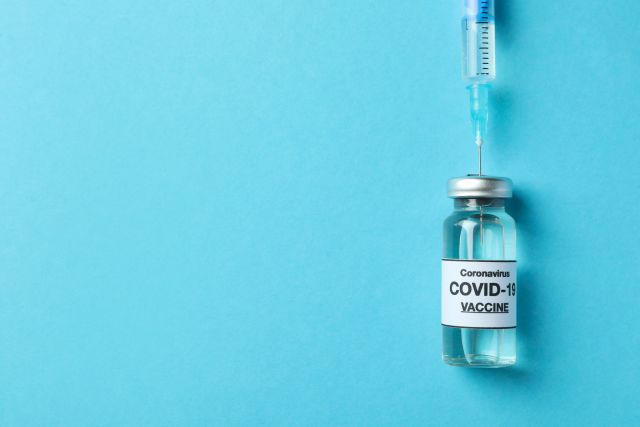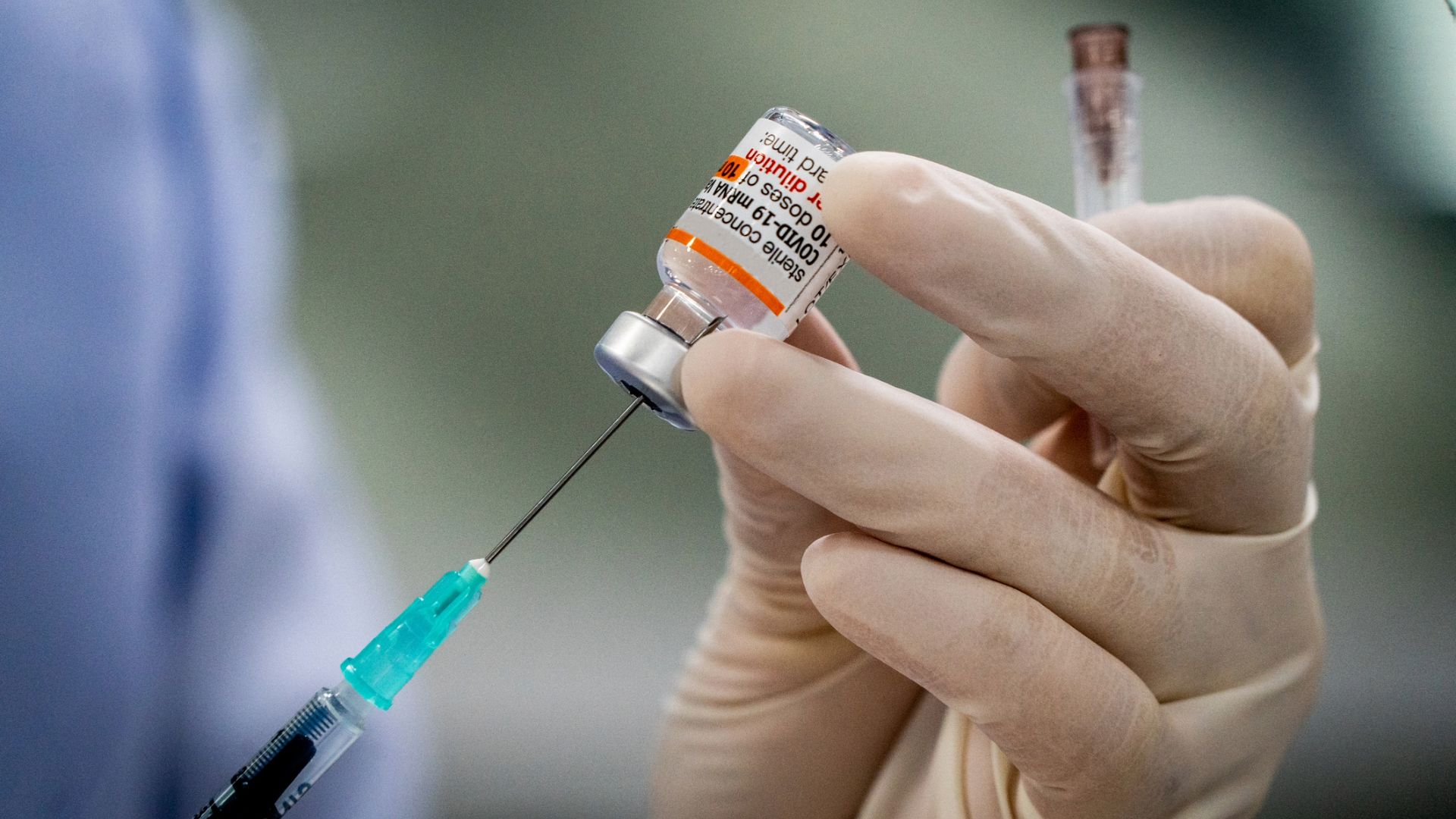When a vaccine is introduced into the body, it prompts the immune system to make antibodies to protect against a specific illness.
While all vaccines serve the same goal—protecting a person from a harmful illness—different vaccines use different mechanisms to achieve this goal.
Here, we will be taking a close look at a type of vaccine called a subunit vaccine. The technology behind this type of vaccine has been around since the 1970s and is used in vaccines that protect against hepatitis B, whooping cough, pneumonia, bacterial meningitis (groups A, C, W, and Y), and HPV.
There is also a subunit vaccine that protects against COVID-19.
What is a subunit vaccine?
To understand how vaccines work, it helps to understand how the immune system works. Specifically, two terms—antigen and antibody.
Antigen refers to infectious agents that end up in the human body—examples include viruses, bacteria, and parasites.
When the immune system encounters an antigen, it responds by creating an antibody. An antibody is a protein that attaches to an antigen. This marks the antigen as something that the immune system needs to destroy.
Vaccines work by prompting the immune system to make antibodies. Different vaccines prompt the immune system with different mechanisms.
A subunit vaccine uses a part (called a subunit) of a known pathogen.
Exposing the immune system to a subunit of a pathogen is enough to trigger a strong response by the immune system, causing it to create antibodies that will mark pathogens that contain that subunit.
Although they contain parts of infectious pathogens, subunit vaccines cannot cause the diseases they protect against.
Is there a subunit vaccine for COVID-19?
There is a subunit vaccine for COVID-19 that is being produced by the manufacturer Novavax. This vaccine is under review by the FDA and is already available in many countries throughout the world.
This subunit vaccine contains the S protein or “spike protein.” A spike protein protrudes from the surface of the coronavirus that causes COVID-19 to help it attach to a cell inside the body.
Spike proteins on their own are harmless and do not cause infection. But introducing spike proteins into the body via a vaccine will cause the body to produce antibodies that will attach to the coronavirus that causes COVID-19.
A subunit vaccine has several advantages over other types of vaccines and may help more people get vaccinated against COVID-19. Overall, subunit vaccines have a well-established history and are easy to produce. They often have minimal side effects—making them a good choice for people who have compromised immune systems.
They are also easier to store than mRNA vaccines, which need to be kept at extremely cold temperatures—subunit vaccines are more stable and can be kept at refrigerator temperatures.
Remember that different vaccines work in different ways, but all vaccines have a common goal—to protect people from harmful diseases like COVID-19.






